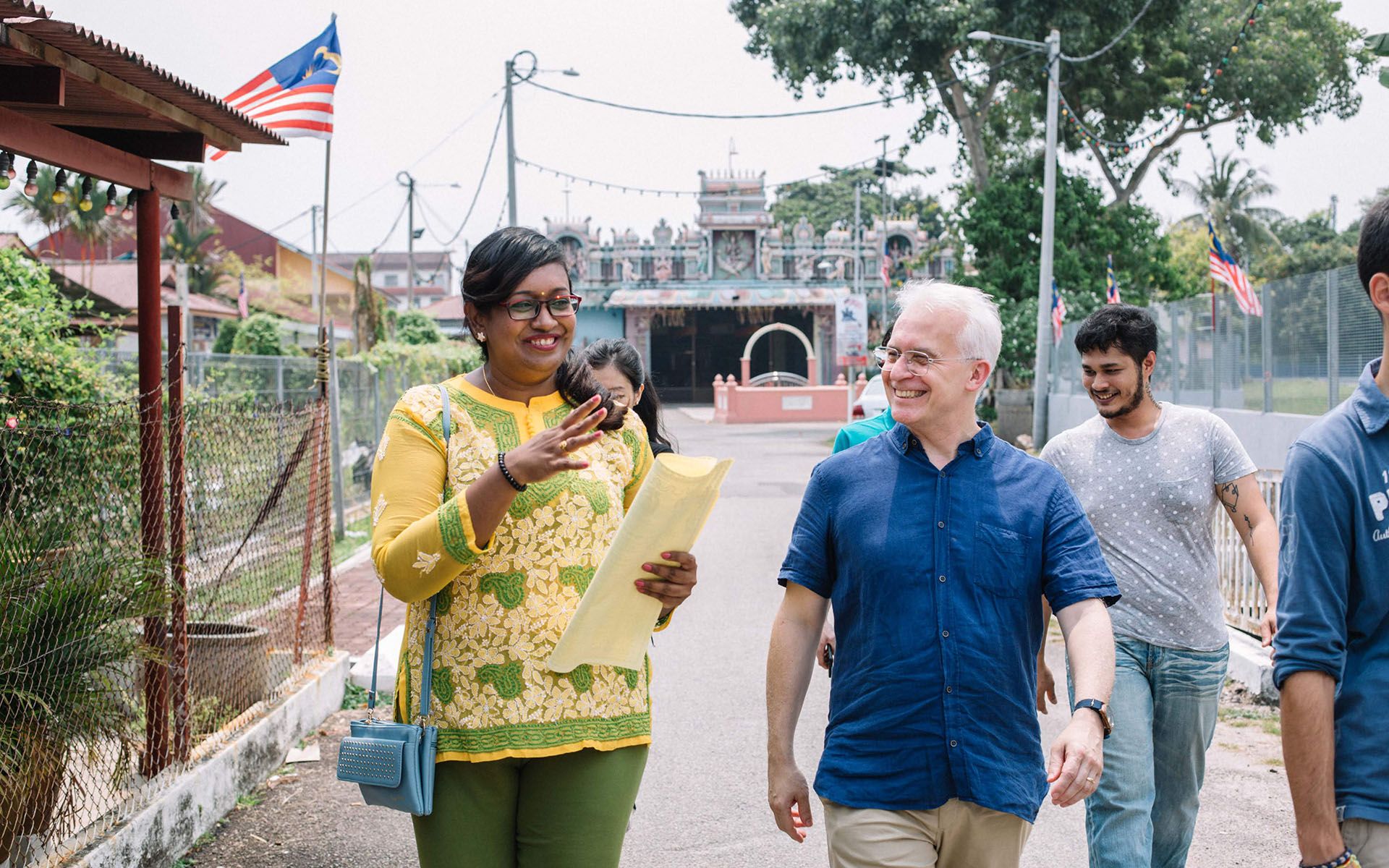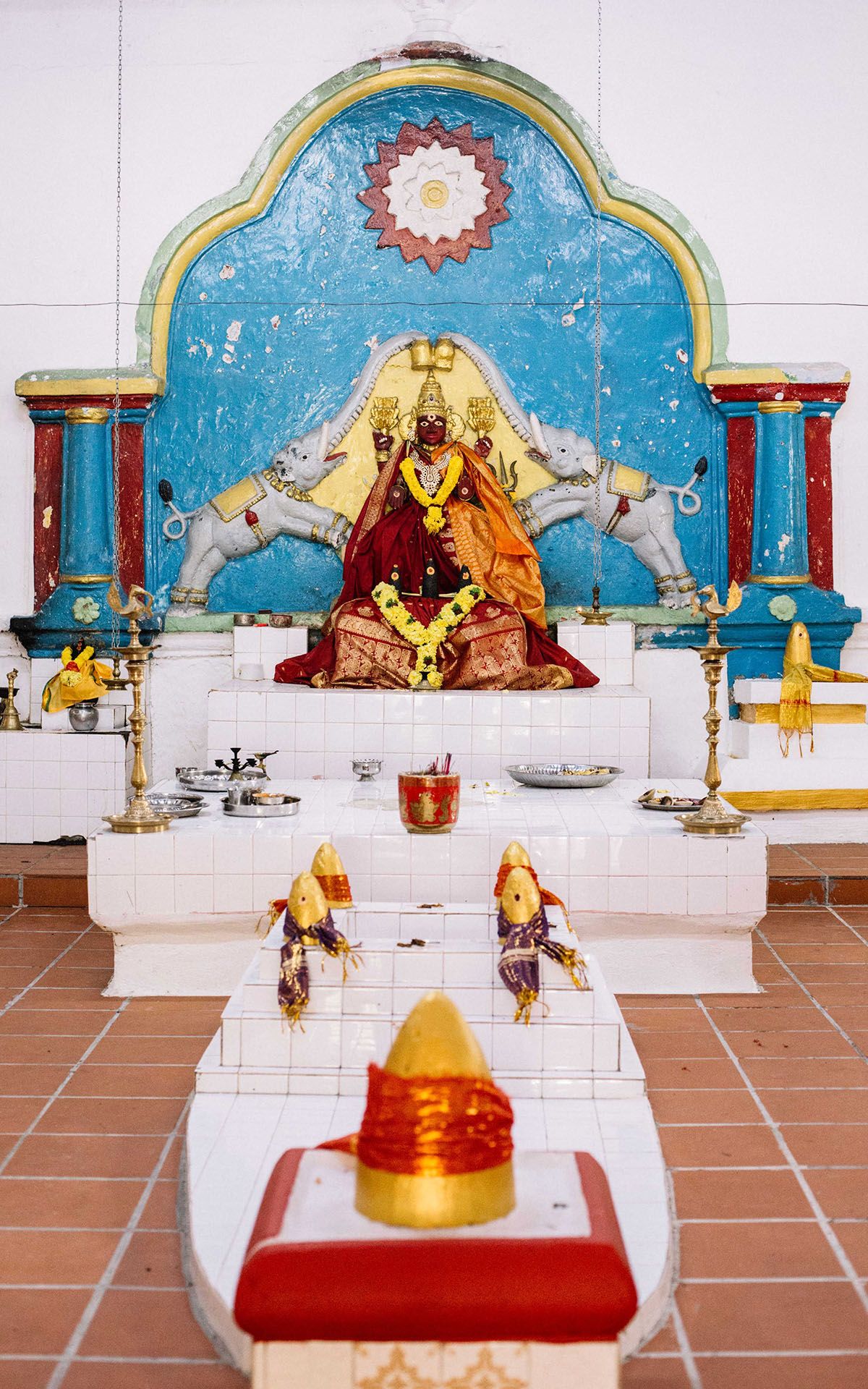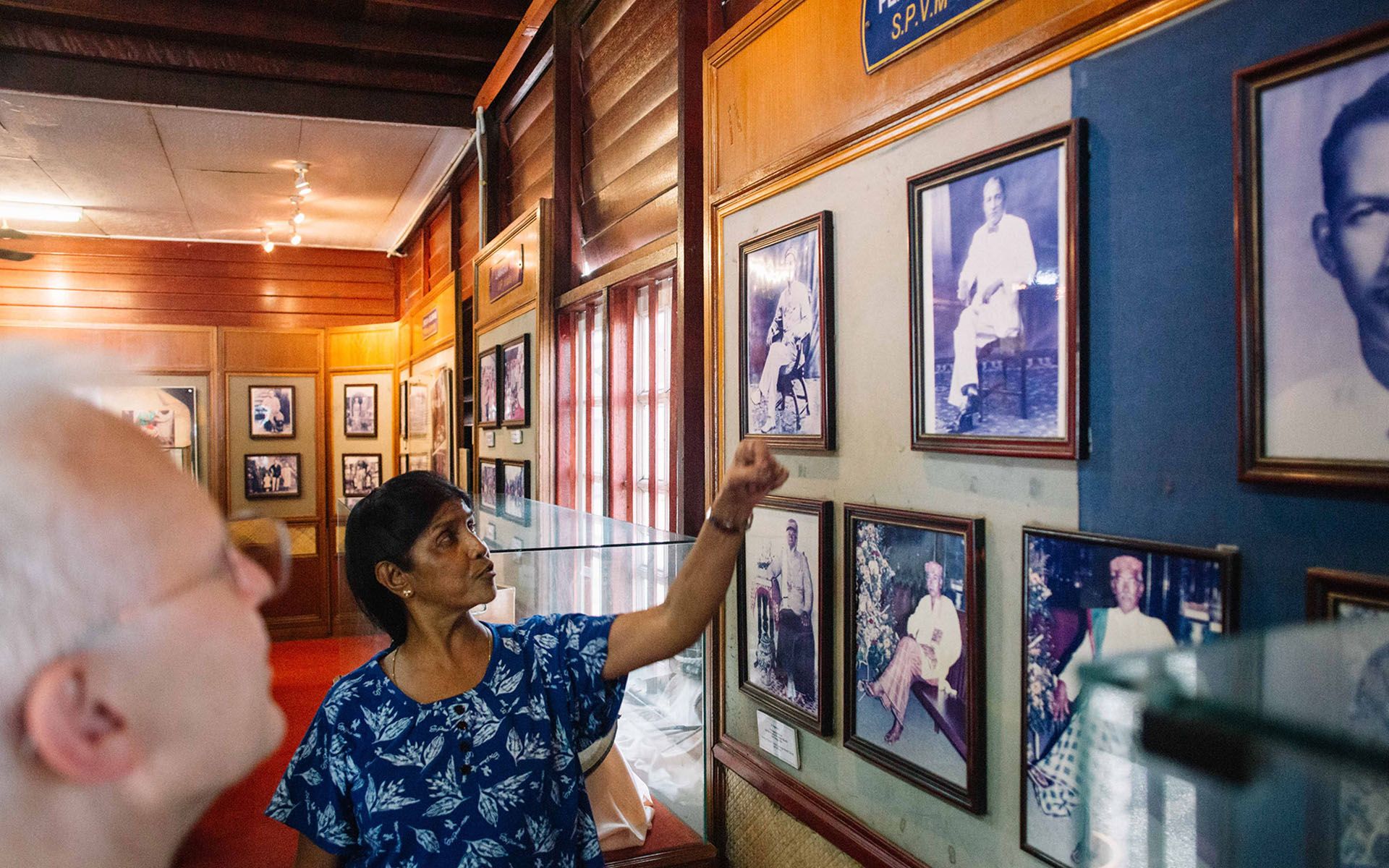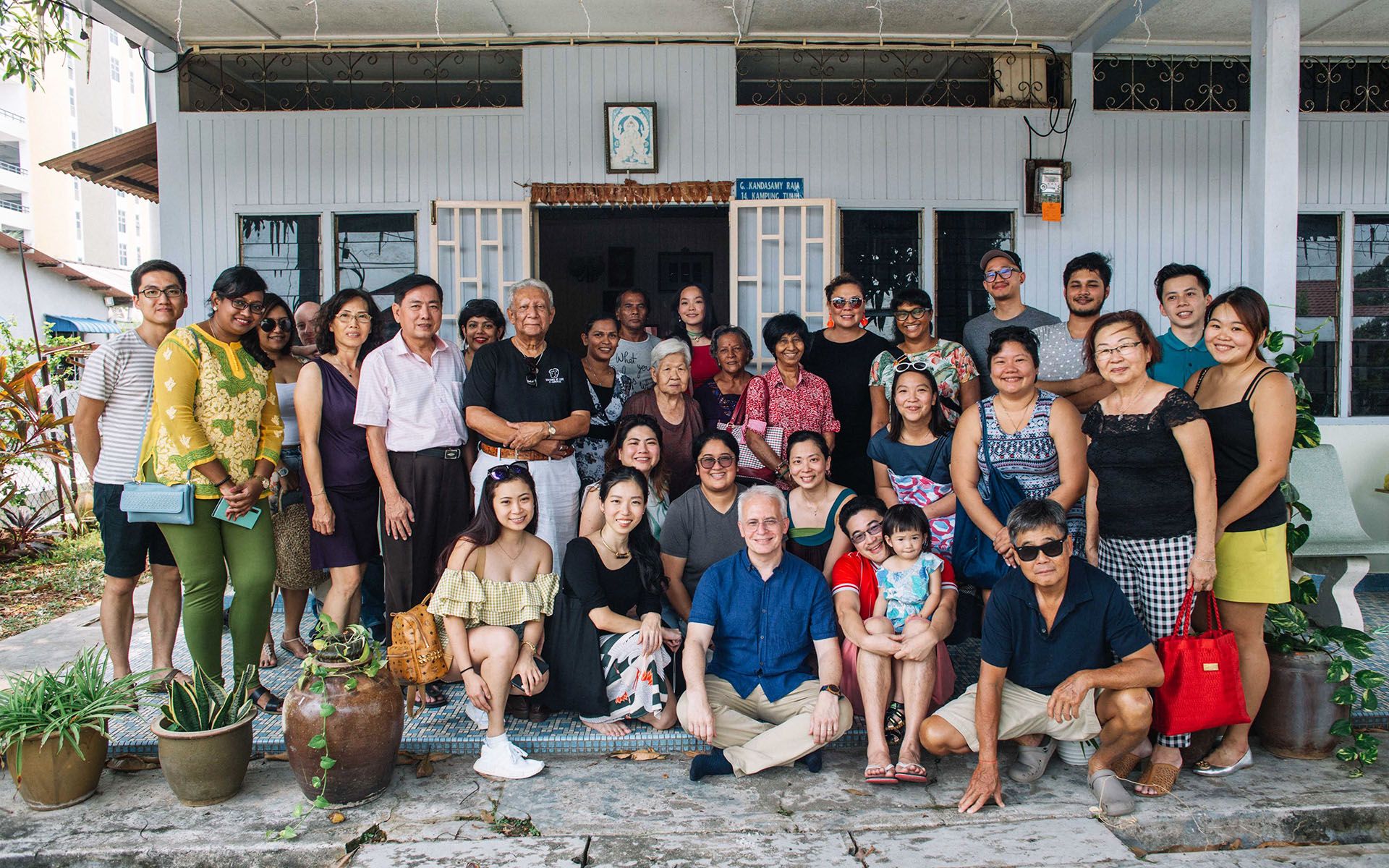Numbering fewer than 30 families, the Chetti community in Gajah Berang, Melaka is welcoming the public to their village to partake of a meal and to discover their unique traditions
No matter how many times you've visited Melaka, a UNESCO historic city, this may be the first time you're hearing of Kampung Chetti in Gajah Berang. Jonker Street, Melaka's main tourist strip, is peppered with markers of Baba-Nyonya culture, but few even realise the existence of Hindu-Peranakans, which is ironic considering they are the *original Peranakans. Nevertheless, the Chetti community has been gaining more visibility, especially since UNESCO chair project manager Eric Olmedo began facilitating monthly tours to the village. Chef Darren Teoh, too, has been invaluable for spreading awareness viva voce. What follows are T.Dining's takeaways after spending a memorable day with the Chetti community.
*As early as the 1300s, Indian tradesmen from South India sailed to Sumatra for commerce. Melaka's strategic location made it a popular stop over, and a number of Hindu tradesmen chose to put down roots in the heaving port. Assimilation was requisite for business, cultural and personal reasons—thus was born the Chetty or the Chetti, a unique people with their own distinctive culture.
Chili, Grated Coconut & Creamy Fish Roe
Equal parts community centre, gallery and home, Madam Wenila's residence is always full of family members and friends, but today sees an especially large number of strangers. The shy, pretty lady is still getting accustomed to hosting her daytime 'supper clubs,' as her husband's untimely demise means having to play a more proactive role in the family finances. Ever since community leader Nadarajan Raja passed away in January 2018, his people have been headless in both senses of the word—lacking a director and discombobulated.
8 different dishes have been laid out buffet-style next to a drink dispenser full of ice lemon tea and fresh fruit for dessert. Sat next to a motley crew from Dewakan (Chef Darren Teoh's doing), I experience my first taste of Hindu-Peranakan cuisine. There are traits I recognise from Baba-Nyonya cuisine (an abundance of astringent/minty ulam) and many that I don't.
"If you take a look at this dish, namely kerisik kulit timun, it very much resembles nasi kerabu, which says a lot about the creolised nature of Peranakan communities," Olmedo chips in. "The nasi ulam of the Baba-Nyonyas, the nasi kerabu of the Siam-Siam in the North-Eastern part of the Peninsula, notwithstanding this very dish by the Melaka Chettis all have something in common—a very systematic combination of two cultural systems, the settler cultural system (Chinese, Indian, or Siamese) and the host cultural system (Malay)."











